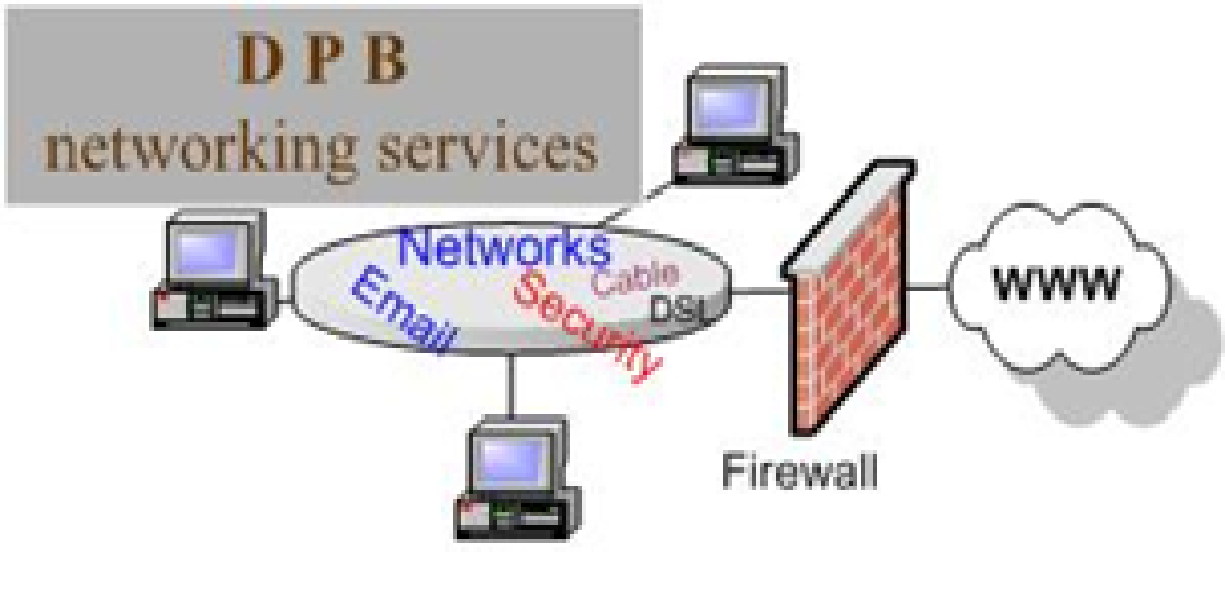Ease and efficiency are the hallmarks of a successful client intake process. As the starting point of a successful attorney-client relationship, intake offers family law firms an opportunity to craft client expectations, promote transparency, and identify potential challenges. But firms need a strategy for maximizing these encounters, while also handling them in a quick and organized manner. The following are simple tips for improving the client intake process, so family law firms get the most out of this valuable process.
Tip #1 A Prescreening Process
Client intake typically has two goals. The first is establishing whether or not the potential matter is appropriate for the firm. The second is gathering information that will be essential for onboarding should the firm take on the case. One way to avoid wasting valuable time and resources for intake on a case that you will not be handling is a pre-screening process. It only takes a simple website screening form or automated questionnaire to gather preliminary information and weed out unsuitable cases.
For instance, a potential client contacts a family law practice to inquire about a case that turns out to be more of a transactional law matter. With a pre-screening process in place, the firm can quickly determine the subject matter of the case and know that an intake meeting is unnecessary, saving valuable time.
Tip #2 An Organized Process
Organization is key to simplifying the onboarding aspects of an intake process. Criminal law firms need a standard system that utilizes the same general steps for each client intake. This may involve some of the following:
- A checklist for executed agreements, necessary information, and required payments.
- Preprinted forms are specifically geared towards specific family law cases. For example, there may be forms specific to divorce, child support, or adoption.
- A preliminary review of forms by staff members to ensure completion prior to the attorney’s participation in the intake process.
- An established time frame for the intake meeting that is communicated to the potential client.
- Established list of questions to avoid wasting time on information that is not pertinent or necessary to open the matter.
While some clients may prefer the personalization of an in-office intake procedure, many prefer the convenience and perceived safety of meeting virtually. As such, family law firms should ensure that their intake processes can be effectively completed no matter where the client is located.
An organized intake process benefits the family law firm as well as the client. It demonstrates respect for the client’s time and helps to establish trust right from the start of representation.
Tip #3 A Comprehensive Process
A domestic relations law office can be an extremely busy environment with attorneys and support staff handling numerous matters simultaneously. So, moving a case along requires access to all relevant information without delay. It can be extremely frustrating for an attorney to start working on a case, only to find that find important information like the opposing counsel’s name or an upcoming court date is missing from the file. They find themselves having to spend time gathering data they should have already been secured and possibly even asking clients to provide answers to questions they have already addressed, which can leave a negative impression.
The client intake process should provide all of the basic information needed to open the matter and commence work. So, it’s important to ask the right questions. Family law firms should periodically review their intake forms for completeness and update them when necessary.
Tip #4 An Efficient Process
Domestic relations law firms that still rely on pen and paper to complete intake forms are needlessly wasting valuable time and resources. Automated intake forms can greatly improve the process by making it more efficient and less reliant on firm staff members. They can even work with in-person intake processes by having potential clients complete their forms using tablets or laptops. Once all forms have been completed, firm staff can easily import the responses into the firm’s practice management software, saving the time it would take to manually transcribe client information.
Tip #4 A Calendaring Process
Calendaring should be a regular part of a family law firm’s intake system. Any upcoming court dates or scheduled meetings should be immediately placed on the calendar to avoid problems. An intake form that has not been reviewed will not save a firm from the consequences of a missed deadline or appearance. With immediate calendaring, family law firms can better ensure compliance with important dates and tasks.
A Better Intake System is About Ease and Efficiency
With an intake system based on ease and efficiency, family law firms can maximize these new client encounters for the greatest benefit. It doesn’t take much to organize and reboot a client intake system into one that saves valuable time and money.













